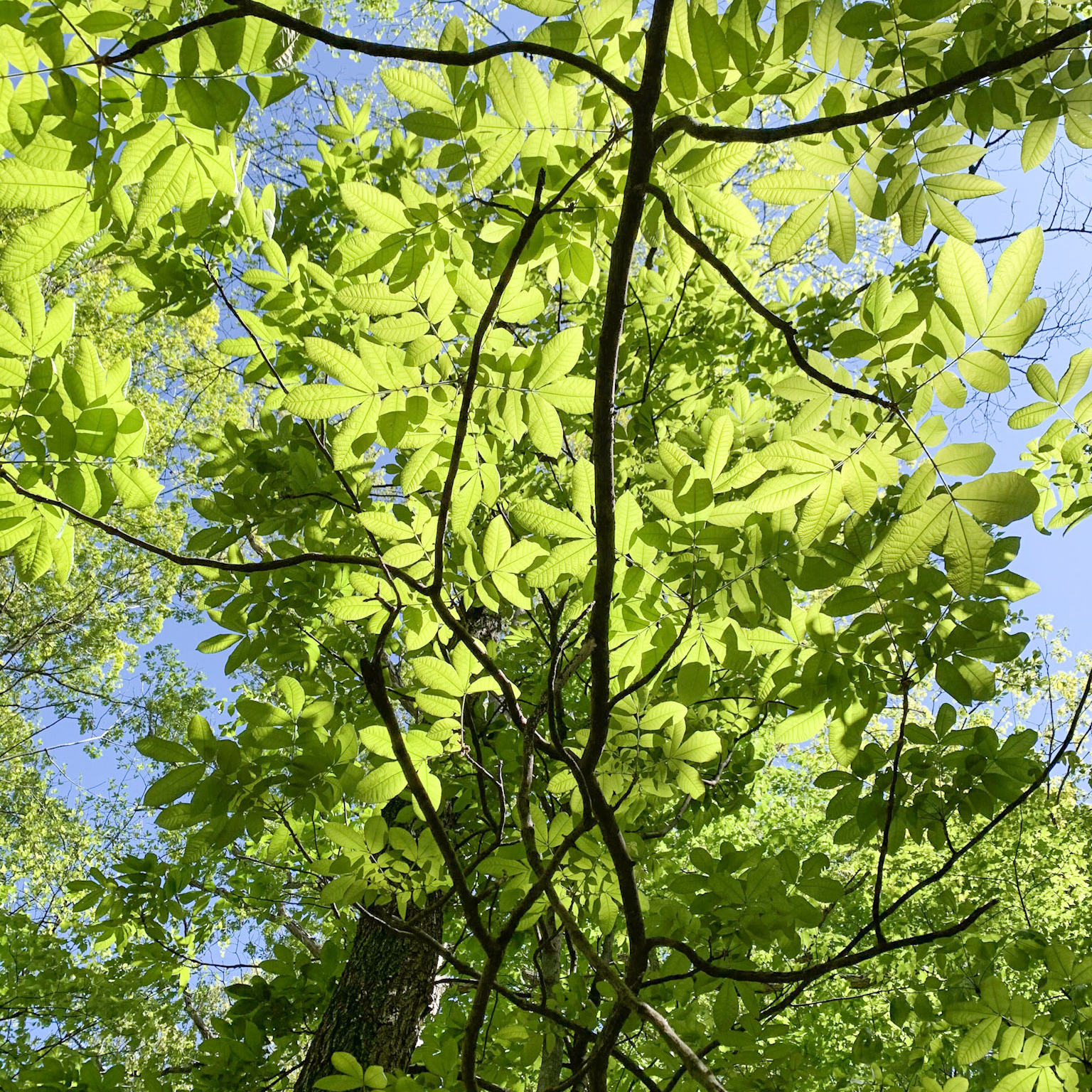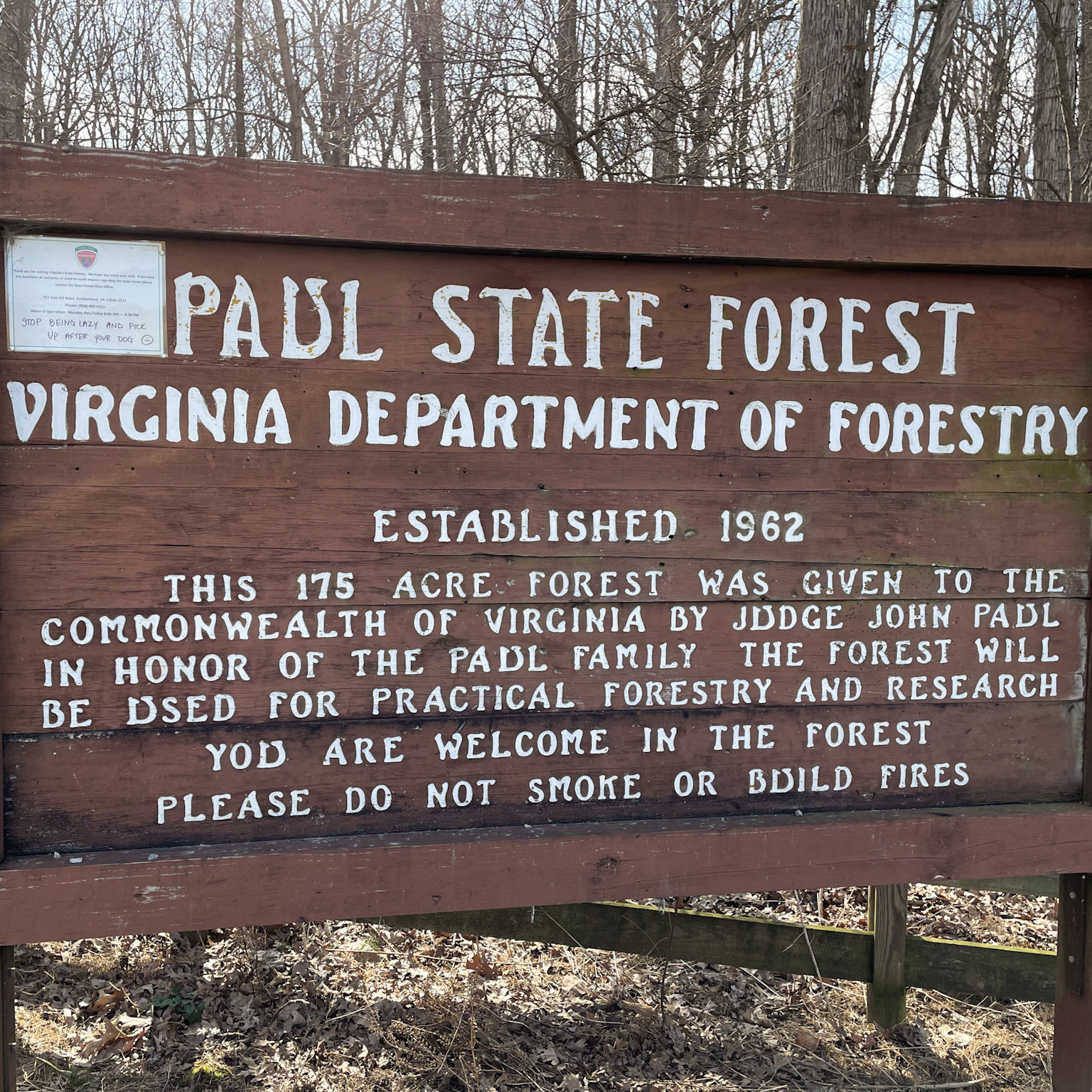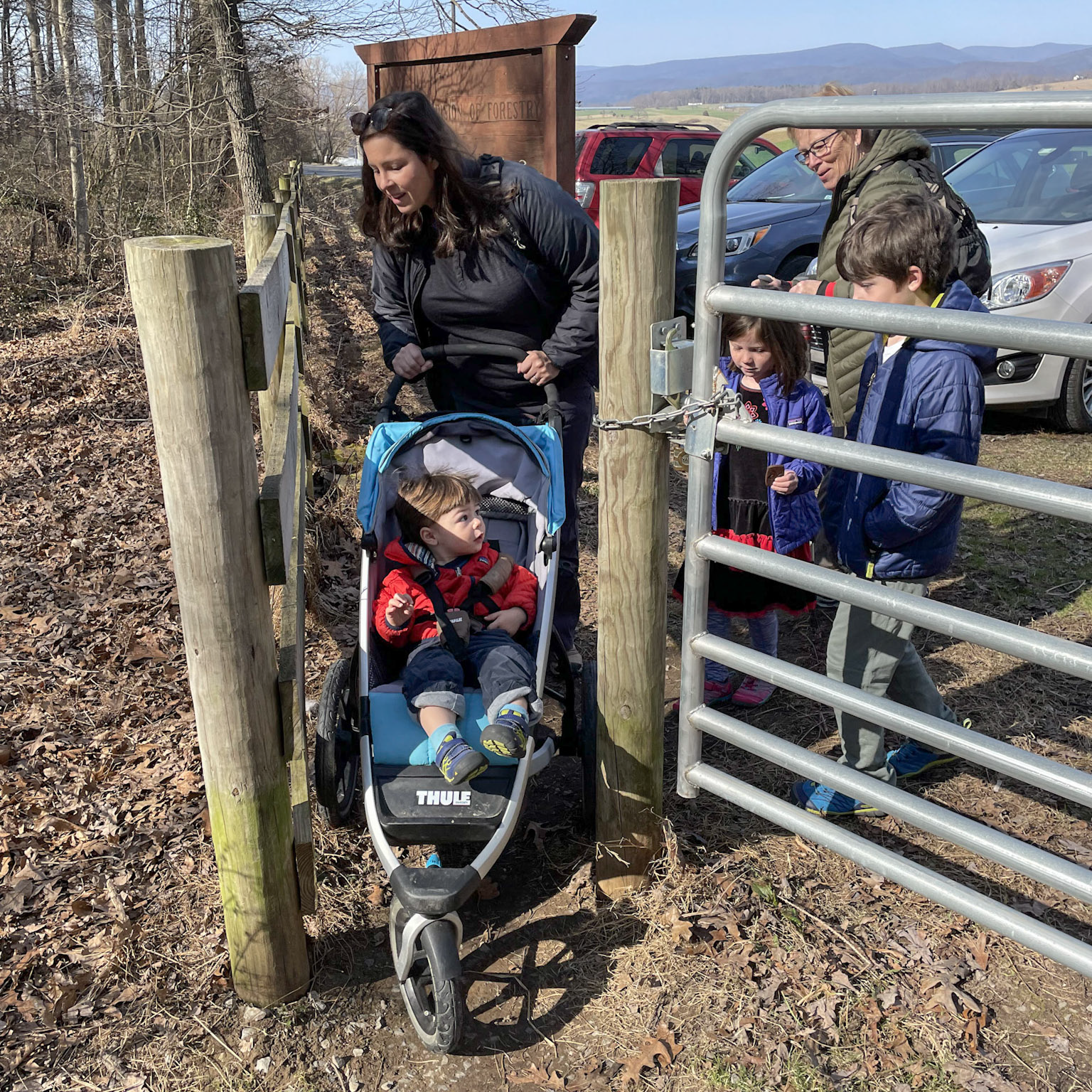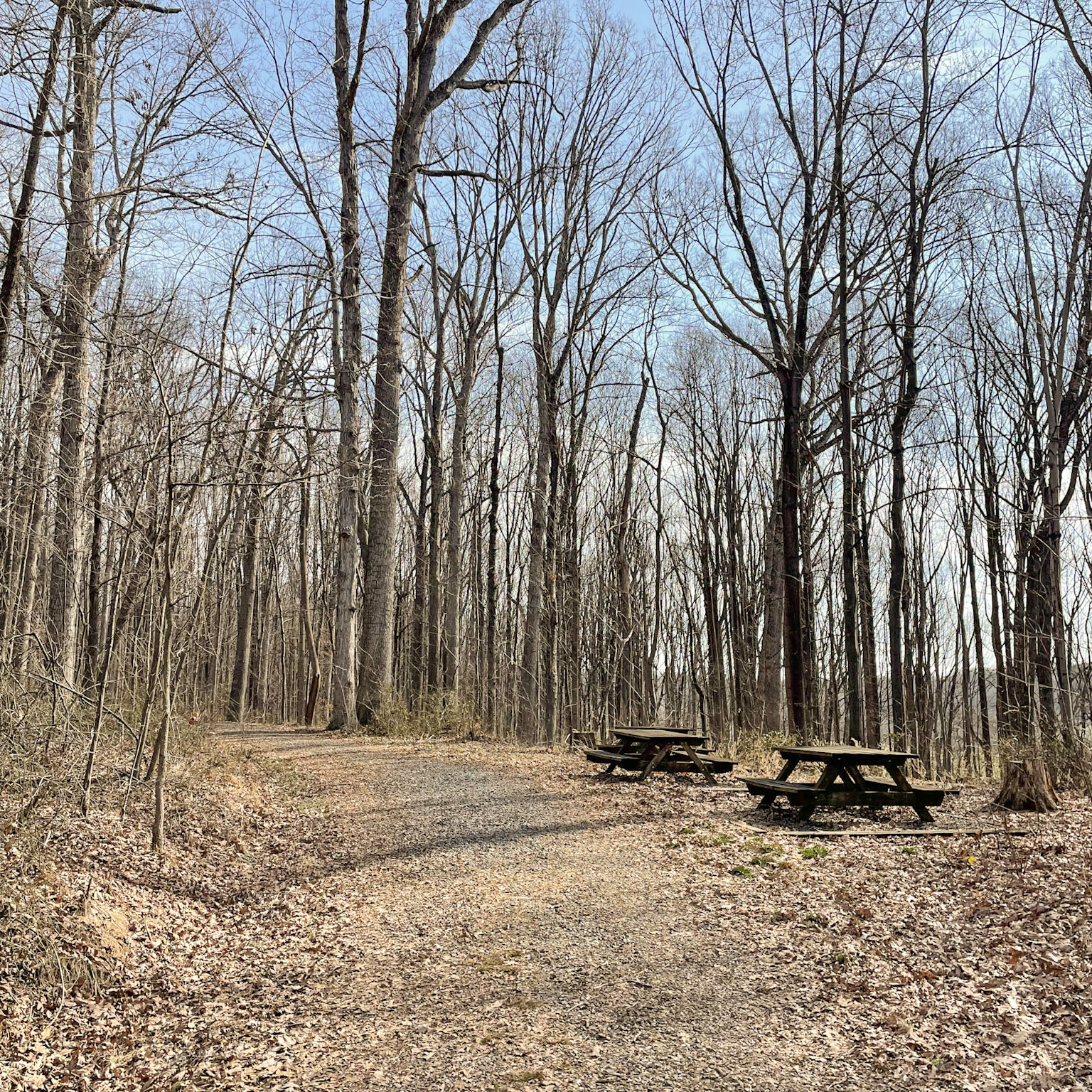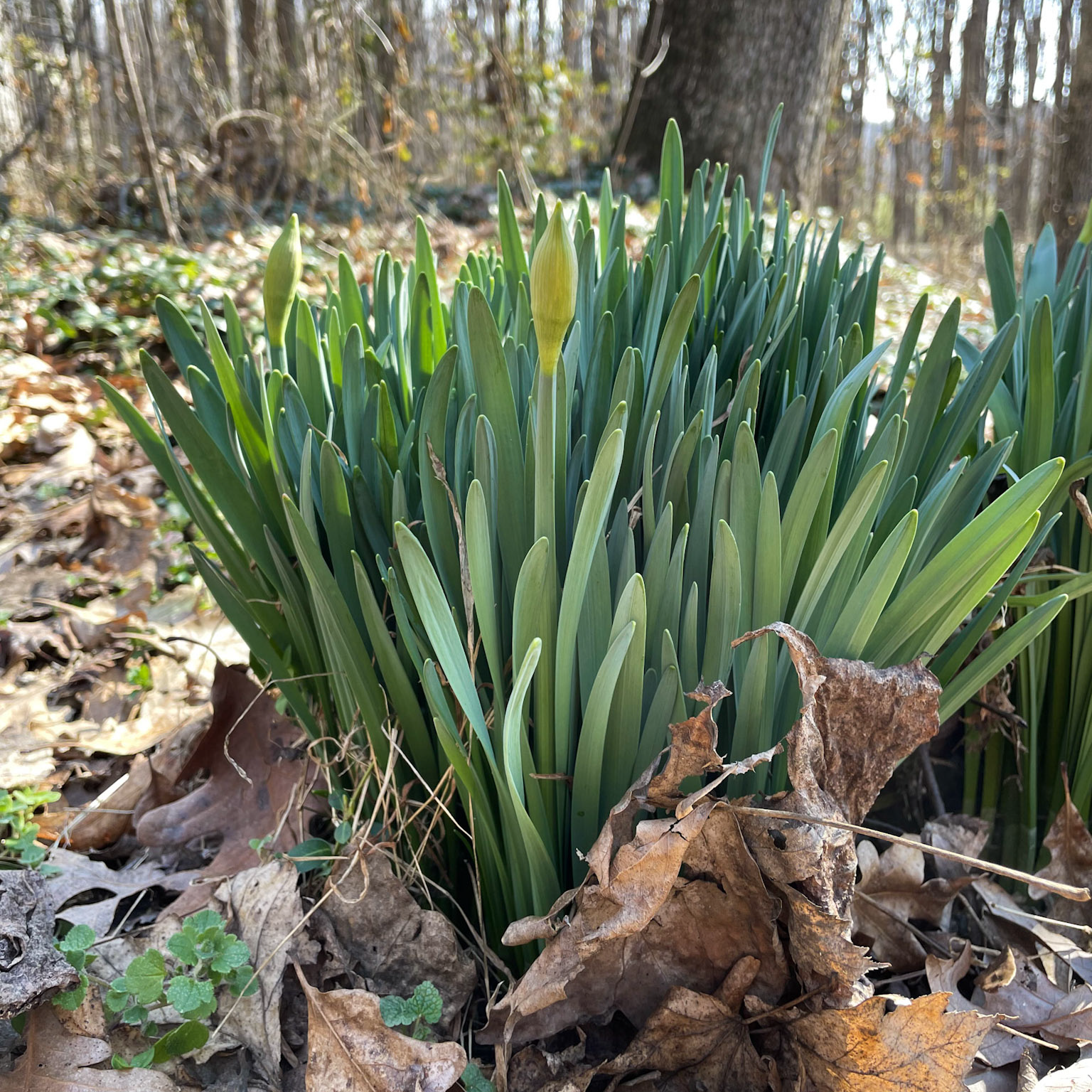Paul State Forest
Located in Western Rockingham County
Paul State Forest provides an oasis of forest amidst rolling farmland. The trail is great for walking in the summer when shade cools the path and offers a pleasant and easy course for trail runners. At the trailhead, a set of picnic tables provide a lovely spot for a picnic. The tables were donated by the Turner Ashby High School chapter of the Future Farmers of America (FFA).
Fore more detailed trail information: Paul State Forest
Trail Information
Trail Activities: Walking, Hiking, Trail Running and Mountain Biking
Time required: 1-2 hours
Challenge level: Beginner
Distance: 3.4 miles
Elevation change: 282 ft.
Terrain: Wide dirt/gravel path, with some more rugged sections toward the end
Preferred direction: n/a (out and back hike)
Practical Planning Information
Services along trail: picnic tables and benches, no bathrooms at parking area
Food and water: none, country store nearby in Ottobine
Phone service: good service along trail, although service may be poor at the Ottobine junction (Rt. 257/613/742)
Directions & Parking
Google: Paul State Forest
Driving time: 15-20 minutes west of Harrisonburg
Signs and marking: Minimal, but wide path is easy to follow
Parking: Public parking lot on Clover Hill Road, just north of the Ottobine junction (Rts. 257/613/742)
Trail Map
Navigating the Trail
This gentle path leads into a wooded area on a wide, mostly level trail. The trail is suitable for all-terrain strollers and ideal for an ambling stroll with good conversation. Benches are present at 0.7 miles and at the far end of the route (1.5 miles), where the trail loops around to return to the trailhead. Be mindful of private property signs and stick to the main path through the forest.
More Information
Flora and Fauna
Paul State Forest was designated as a state forest in 1962 after it was donated by Federal Circuit Judge John Paul. The 173-acre forest contains a variety of tree species, including a distinctive “cove hardwood” area with cucumber trees, American hornbeam, and black birch trees, as well as 192-year-old oaks. A variety of birds frequent the area. Keep your eyes peeled for raptors such as Cooper’s hawks and kestrels. An additional 154 acres of forest is used for timber and research.
